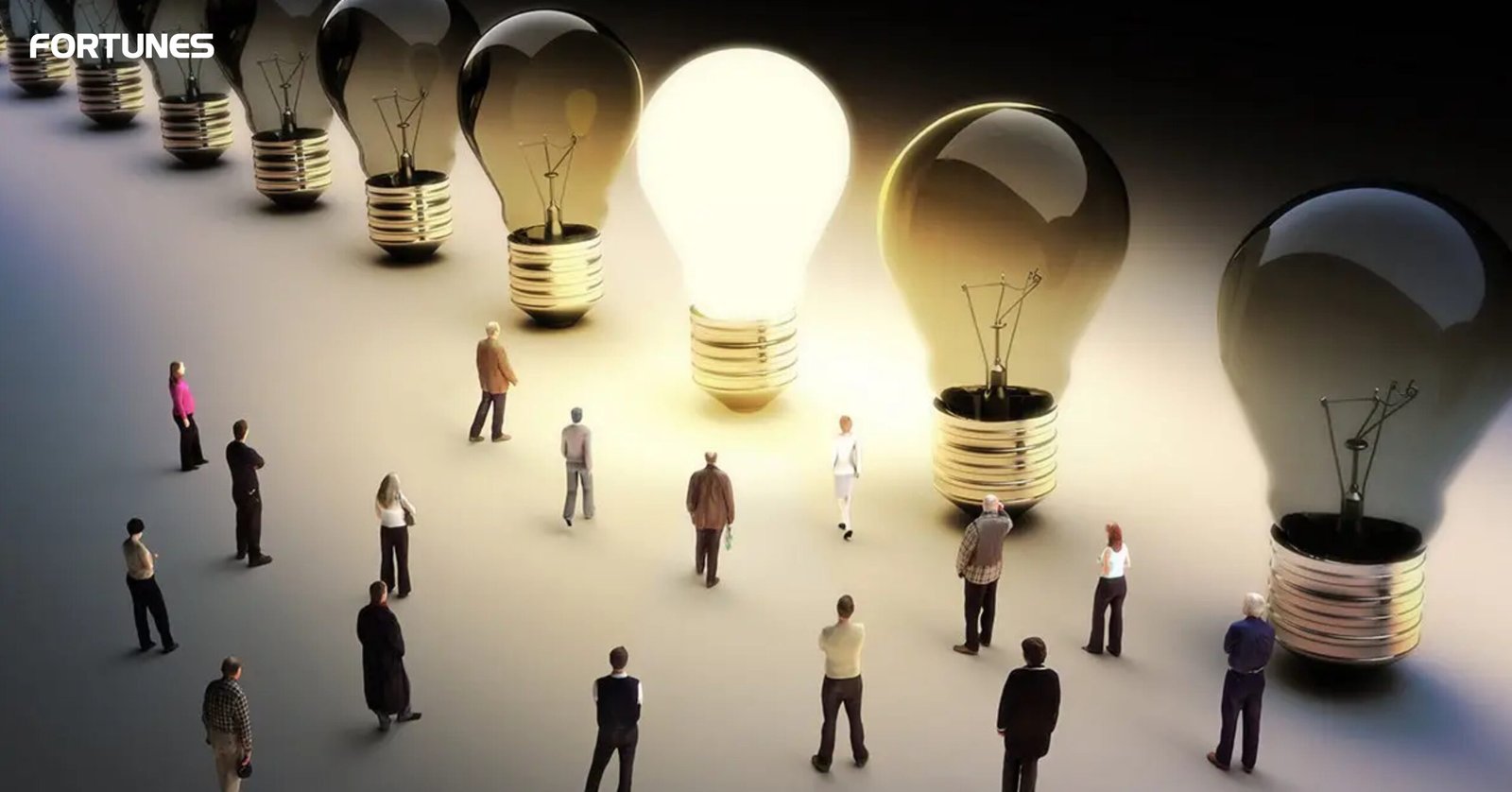At some point, people only dreamt, imagined, and wrote about telephones in science fiction movies. A device that could perform the functions of devices like a camera, calculator, map, radio, and whatnot. When smartphones were brought to reality, they took over the world. Developers have had some insane and unfathomable developments made with the Smartphone. NDB reveals a battery made up of nuclear waste and diamonds that can run up to 2800 years.
The Diamond Battery
A battery company in California by the name of NDB has been working on creating an unusual, emission free power cell that can power your dependable electronic friend for up to nine years! In addition, the business says it is on track to develop a pacemaker that can produce heart- stimulating electricity for 28,000 years. As well as an auto-battery pack that can last a century, making the Energizer bunny’s head spin.
The battery gets its primary source of energy from radioactive waste, hence called the Diamond Battery. It employs a betavoltaic method, which involves turning nuclear waste radiation into electrical energy.
Nuclear waste is converted into radioactive diamonds by NDB, which then encases them in a synthetic diamond. Such a radioactive substance might release radiation for tens of thousands of years while simultaneously generating power.
Around the world, 440 nuclear reactors are in use. After producing energy from a regulated nuclear fission chain reaction, their priority is to dispose of the extremely radioactive nuclear waste. It was estimated to be 25,000 metric tons in 2020. Following this, NDB hopes to power its batteries using that waste.
Apple And Innovations
The all innovations encompassing iPhone never leave its users disappointed. The Diamond Battery has surely reached the R&D department at Apple. A future iPhone could have a battery powered by nuclear waste and nanodiamonds.
The Problem With Present Batteries
Batteries present several issues during the lifespans of our products. Mining Lithium iron is a destructive industry, which is another issue. These effects will spread to more of our untamed environments as demand rises, perhaps having devastating results.
When our batteries run out of juice, they frequently decompose in landfills along with the electronics they powered. Our electronic garbage is occasionally exported abroad, where it is crudely recovered or burnt before ending up in the air and water. Our old gadgets are only partially recycled responsibly. Batteries would produce far less trash if they didn’t deteriorate so fast.
Nuclear Batteries
Our batteries might not only outlive our phones and even our own life spans in the not-too-distant future, but they would also never require a recharge.
Nuclear batteries sound absurd enough as it is, but the ones that could eventually be found in our phones and automobiles are built of synthetic nanodiamonds. In addition, it would be an understatement to say that the science underlying these nanodiamond batteries is sophisticated.
To put it as simply as possible, chemical vapor deposition is used to remove radioactive materials from nuclear waste and enclose them in diamonds. The radiation is subsequently converted into electricity using the diamond as a transducer.








